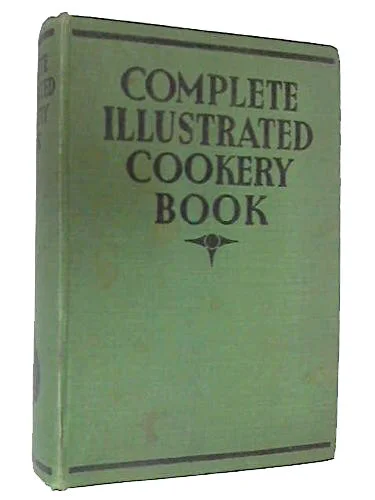Recipes from another time…
Inspired by the ‘Virtual’ Storytellers online exhibition which encourage visitors to explore stories at home through objects. Claudia, our Museum Handling Collection volunteer found an object she loves which links to her work on the Museum’s Victory in Europe Day Celebrations event.
I love books, even in the age of Kindle I cannot resist the allure of the printed tangible text.
Moreover I am really fond of buying old books, especially those written in Victorian times or just before WW2. They make me travel back in time, when notable biographies were given as a prize to school children, people tended beautiful gardens, London churches had not yet been devastated by the Blitz and women in the kitchen prepared good food, including old-fashioned puddings and gelatin rings of meat and salad. There is a cook book in my library which I bought for mere 50p at a village book fair in Kent. It looks like the sort of book that would have been given to a newly wed woman and it is great, as it covers everything from the basics to the most elaborate recipes with suggestions for preparing dishes at a reasonable cost. It is called the Complete Illustrated Cookery Book and was published in 1934. For me it is not only a fascinating vintage publication, but a real cookery book with easy to follow recipes, which I occasionally tried myself - such as the raspberry jams below.
But something really amazed me when I bought this book. The woman who originally owned it ripped out some recipes for cakes from The News Chronicle in October 1942 and placed them inside the book (aptly in the dessert chapter). The ingredients of these recipes include not only national flour (a wholemeal grind, with also barley, oats and rye) but also milk diluted with water and vinegar and golden syrup blended together to substitute eggs. For the chocolate biscuits the advice is to spare reconstituted eggs anyway, I think because those were also rationed. Fresh eggs were rationed in June 1942 and dried eggs became available in UK from July 1942. The allowance was the equivalent of 12 eggs in powder every two months. 1 tablespoon of powder mixed with 2 tablespoons of water was comparable to an egg.
Claudia Colia
Handling Collection Volunteer
Images: Supplied by Claudia Colia



